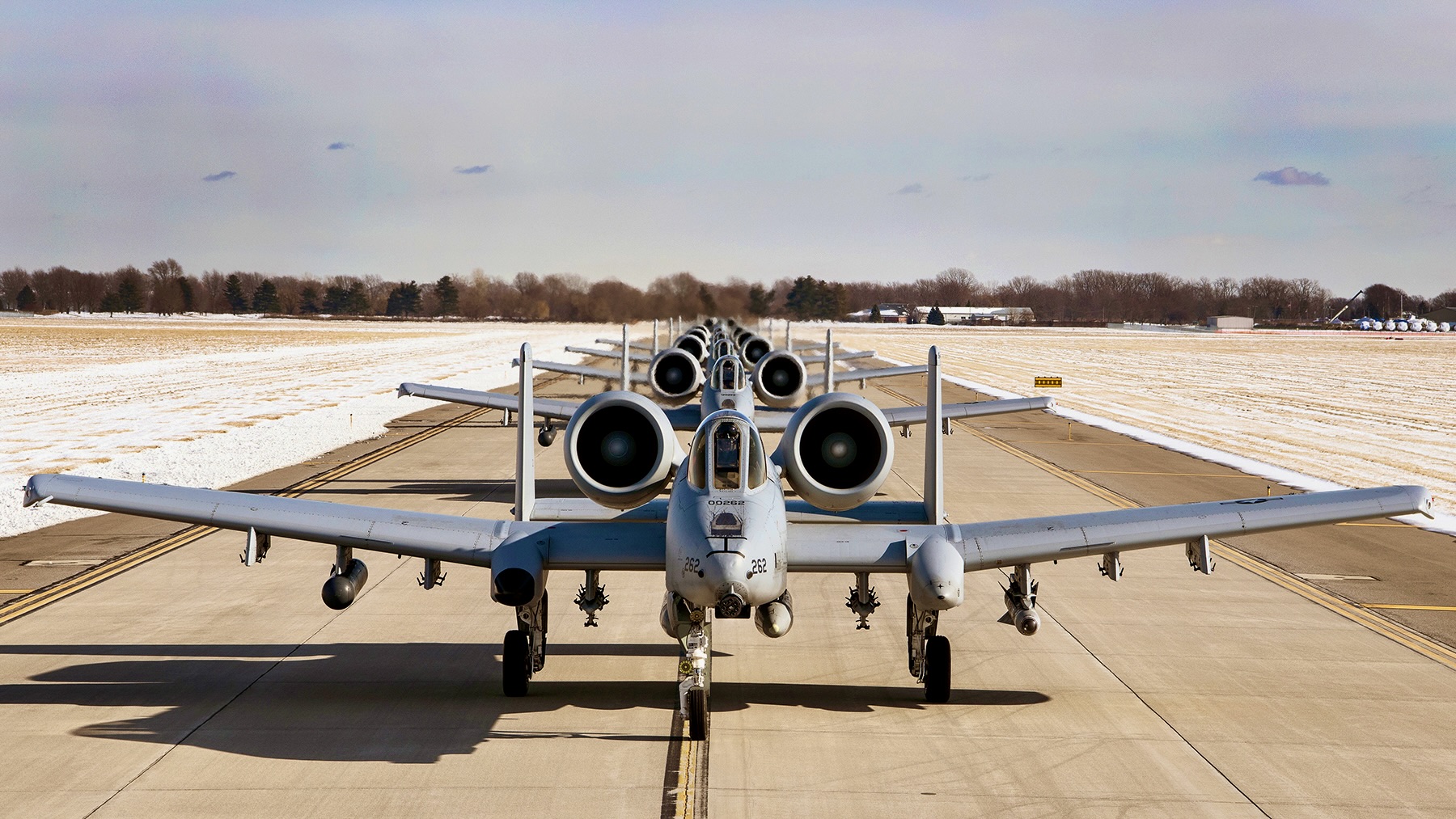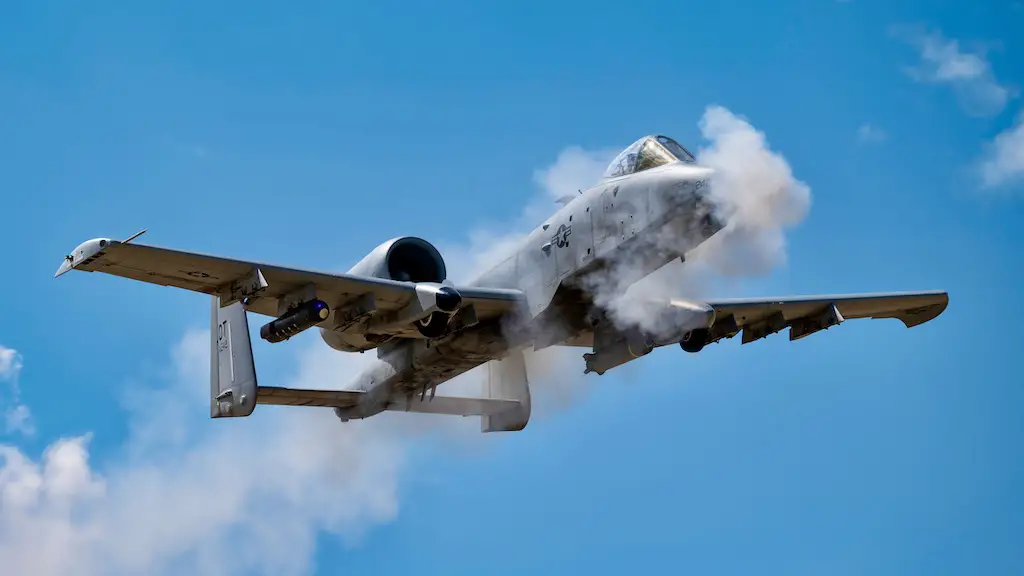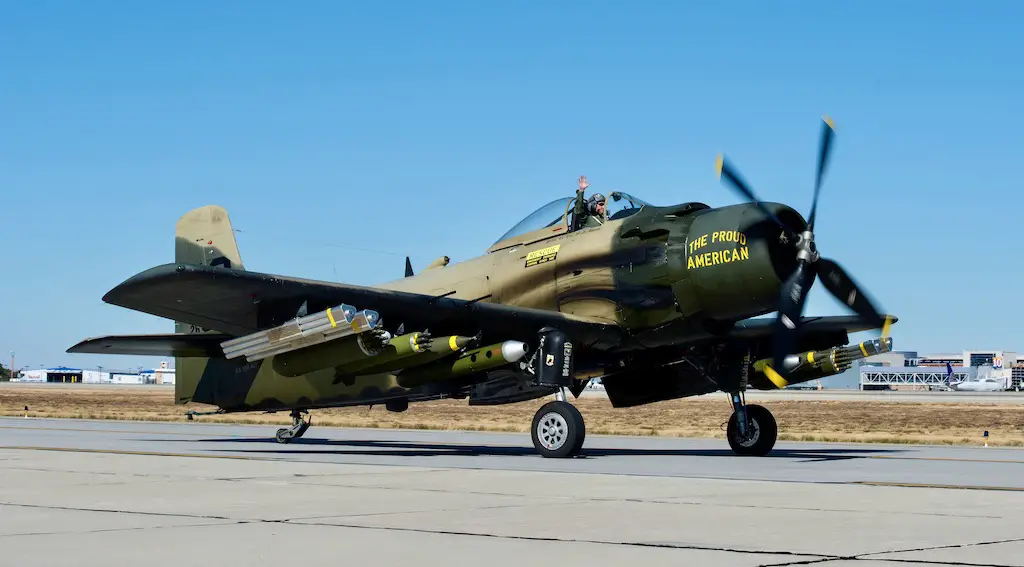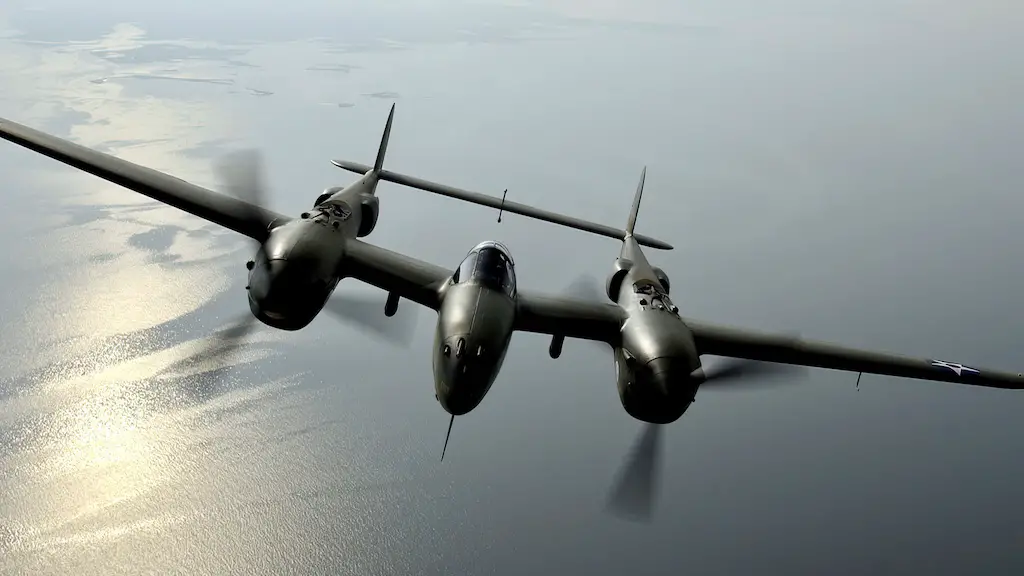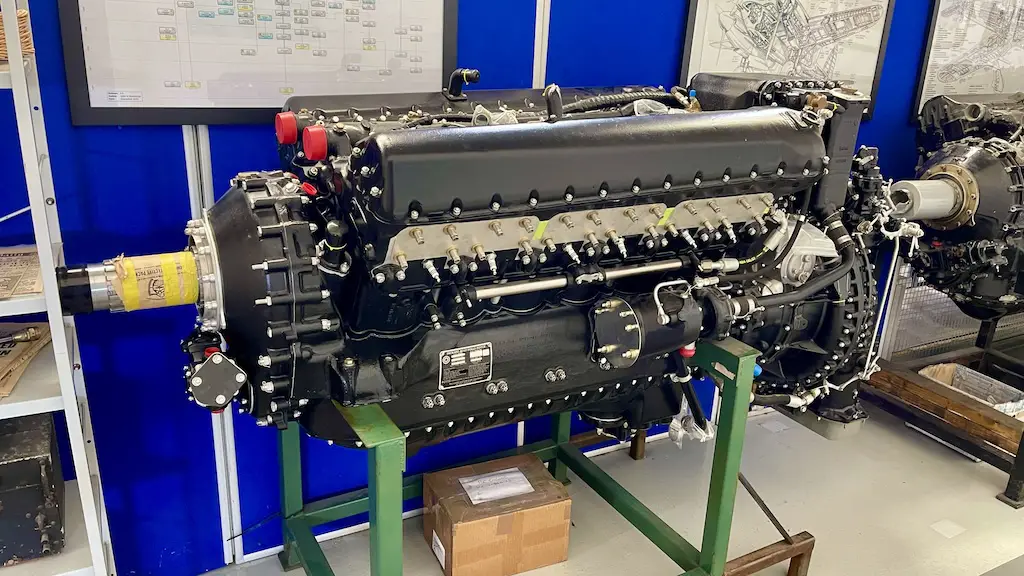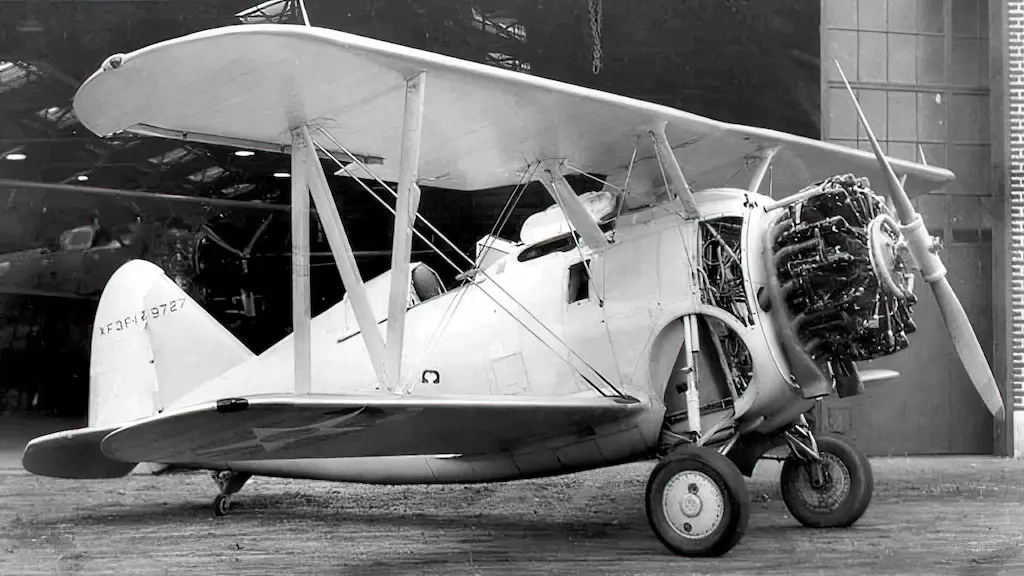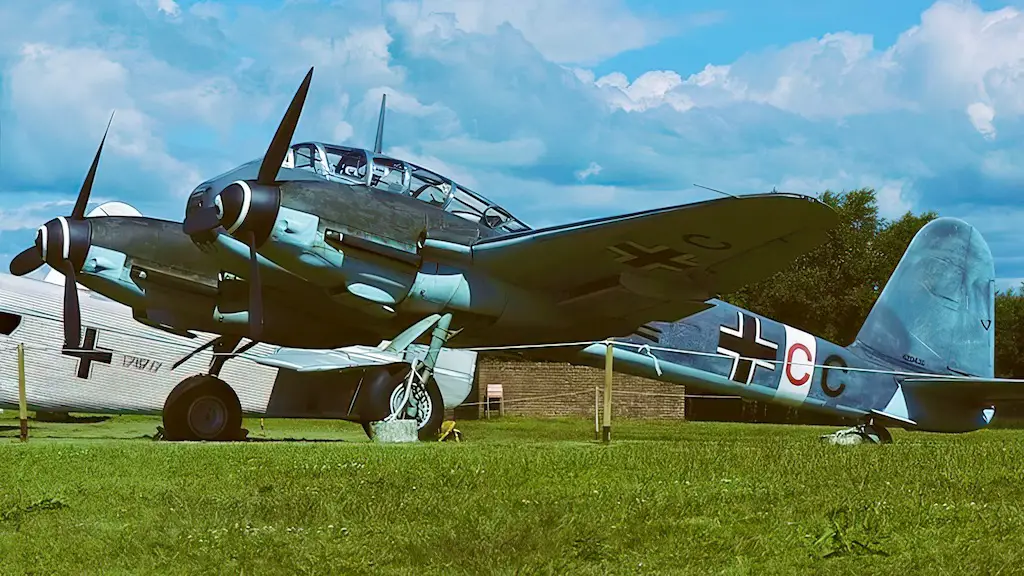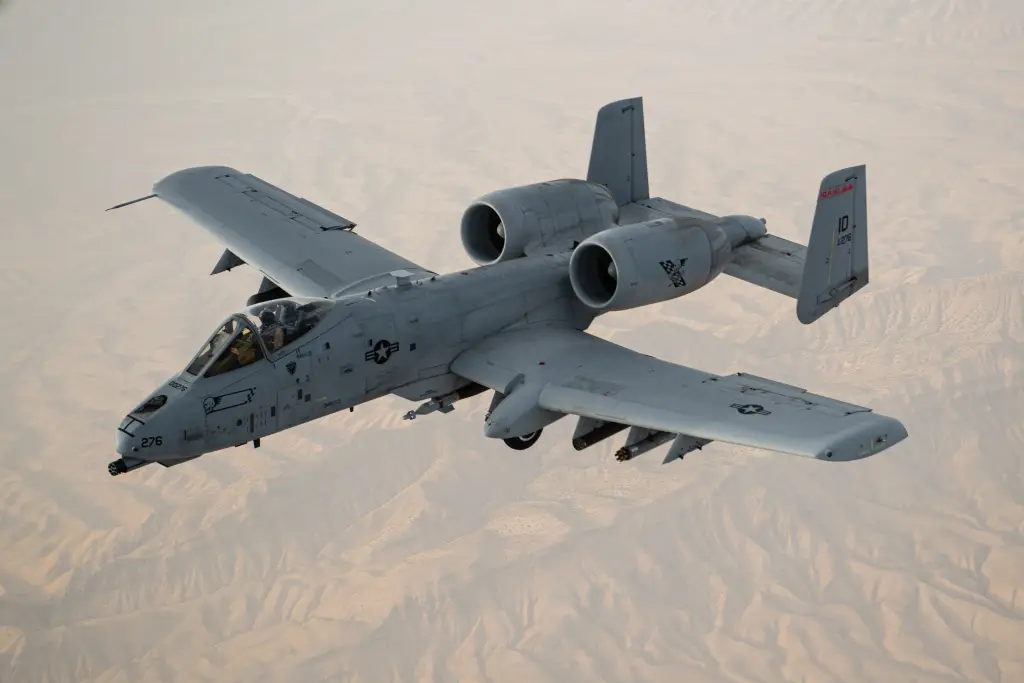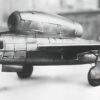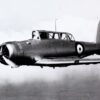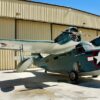Popular airframe
The A-10 Thunderbolt II or the ‘Warthog’ or ‘Hog’ as it is known is an extremely popular airframe. Its appeal is not difficult to understand with the aircrafts robustness and the “BRRRT” sound made by its seven-barrel, 30 mm Gatling-style autocannon.
The A-10 was designed to provide close air support (CAS) to friendly ground troops by attacking armored vehicles, tanks, and other enemy ground forces; it is the only production-built aircraft designed solely for CAS to have served with the U.S. Air Force. Its secondary mission is to direct other aircraft in attacks on ground targets. Luckily it seems it’s here to stay for just a while longer.
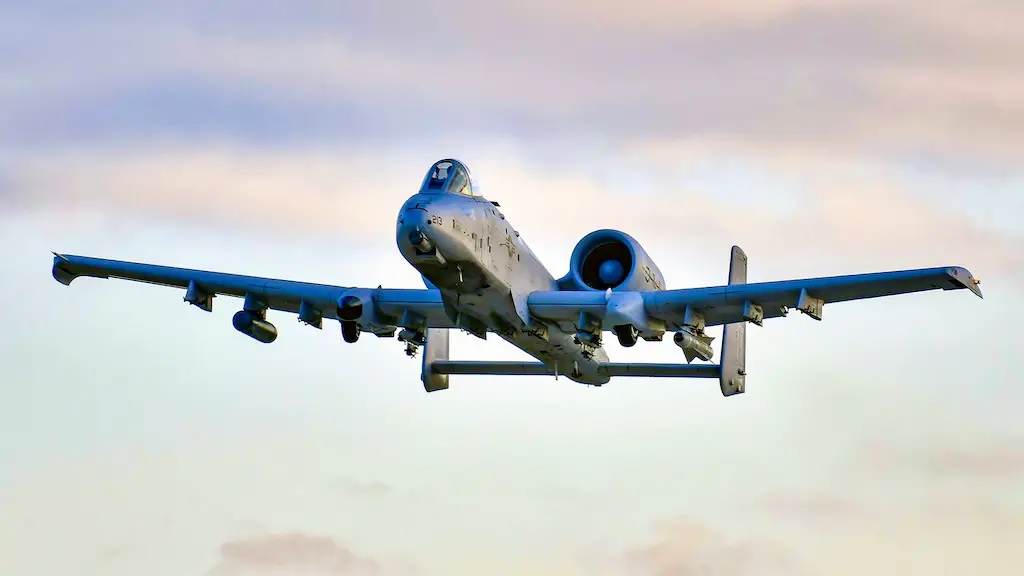
Development and design
When the Douglas A-1 Skyraider started to show its age in 1966, engineers started developing a new close air support attack aircraft. The U.S. Air Force needed the new aircraft to be powerful enough to combat the Soviet Union’s massive stockpile of tanks during this time.
They developed an aircraft that was a true heavy-duty workhorse. It was easy to maintain, had a short takeoff and landing distance, and was durable. Many of the Warthogs parts, such as engines, main landing gear, and vertical stabilizers, are interchangeable on both sides of the aircraft.
These types of aircraft are normally less expensive, and the A-10 was no exception; the initial price per unit was US$1.4 million ($9.8 million today).
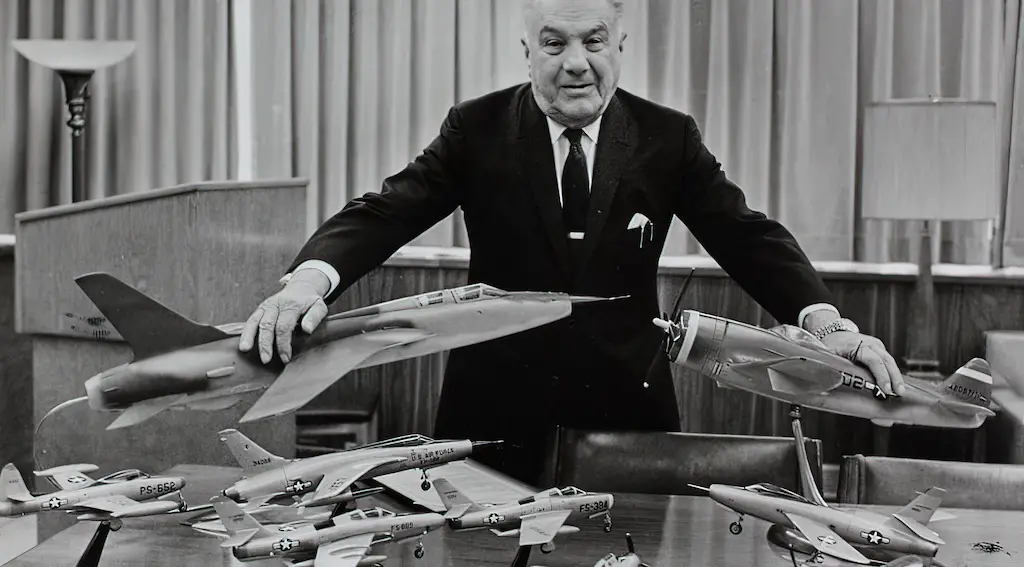
A Gun that has an aircraft
Later, people would joke that the A-10 was built around a gun—specifically, its 30 mm GAU-8 Avenger rotary cannon. However, while the gun is impressive, there are other cool things about the Warthog. The A-10’s broad, unswept high-aspect-ratio wing and huge ailerons allow it to operate at low speeds and altitudes.
Short takeoffs and landings are also possible with the wing. This is useful as this aircraft regularly operates from crude forward airfields near the front lines. In addition, because the wing skin isn’t load-bearing, broken skin pieces can be quickly replaced in the field and with improvised materials if necessary.
Each of the General Electric TF-34-GE-100 engines generates 9000 pounds of thrust. Their placement not only protects them from foreign objects flying up from unprepared runways, but it also directs their exhaust over the tailplane, which helps to shield them from detection by infrared surface-to-air missiles.
Because they’re both close to the aircraft’s centerline, it’s easier to fly the thing even with one engine. Allegedly, it’s not too uncommon to see an A-10 limping back to the base with one of its engines blown off.
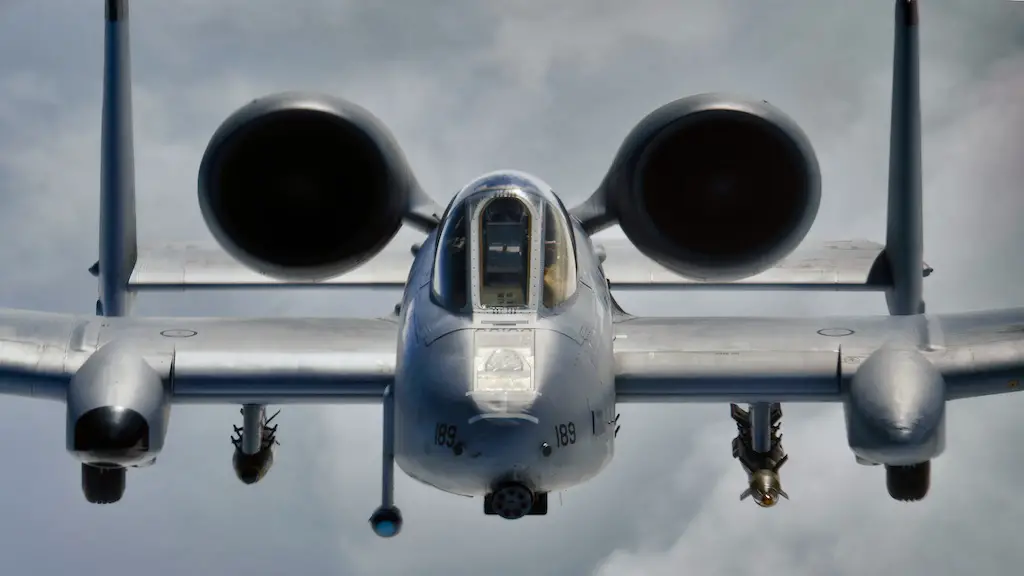
The cockpit and elements of the flight control system of the A-10 are shielded by 1,200 pounds of titanium aircraft armor known as the “bathtub.” The bathtub can survive direct impacts from armor-piercing missiles measuring up to 23 mm in diameter.
The canopy and front windscreen are resistant to small weapons fire. This protection is combined with double-redundant hydraulic flying systems and a mechanical system that continues to function even if the hydraulics fail.
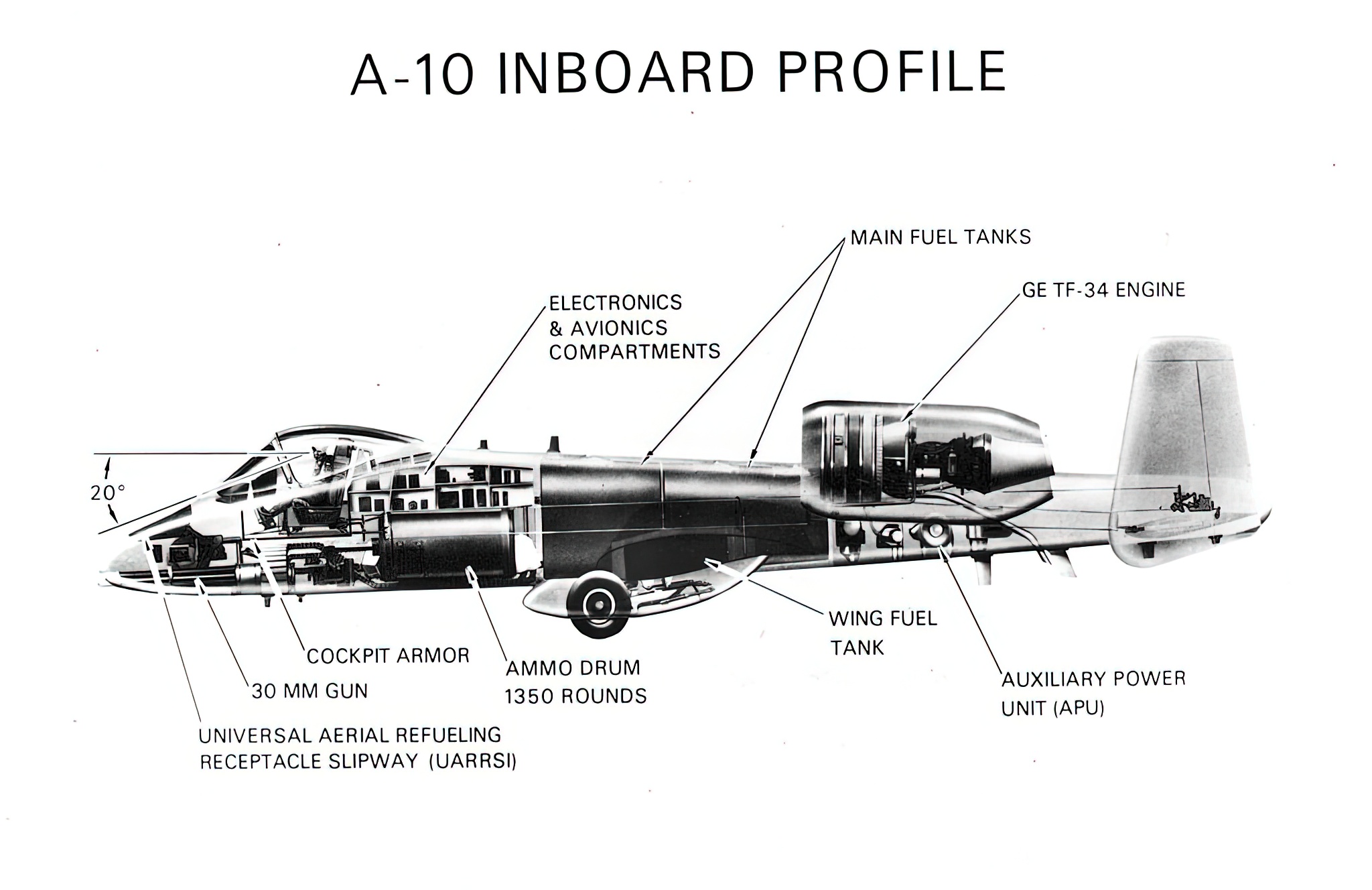
Let’s talk about the Gun
The 30mm GAU-8 Avenger rotary cannon can fire a range of ammunition. This includes armor-piercing incendiary rounds or uranium-depleted rounds and it’s powerful enough to disable a main battle tank from a range of over 6,500m.
The magazine can hold 1,350 rounds of ammunition, and the pilot can choose either going all out with 4,200 rounds a minute or using the ammo more conservatively with a firing rate of 2,100 rounds a minute. And it makes a hell of a cool sound too. Brrrrt!
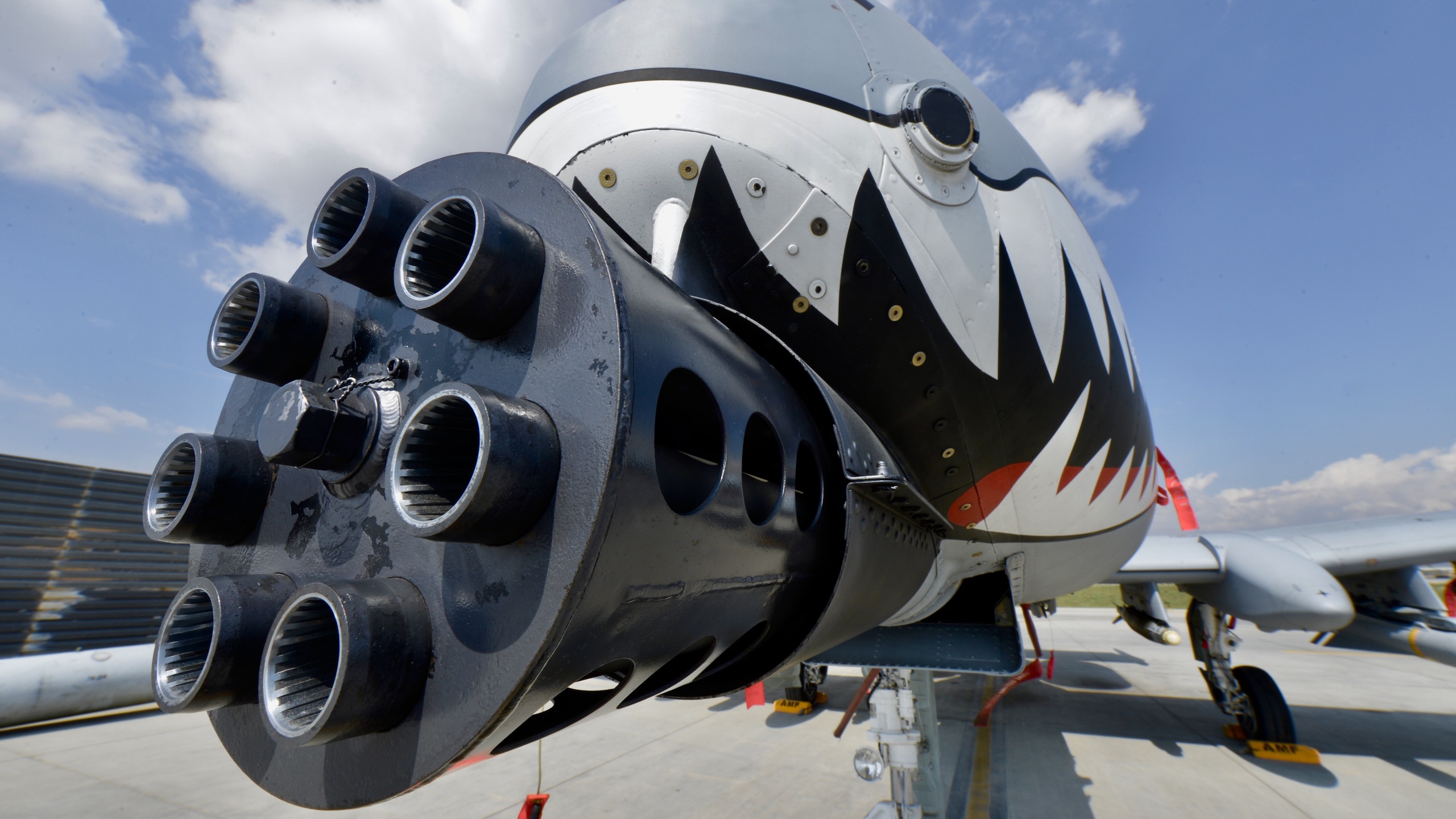
While the A-10 was never used for its intended purpose of killing Soviet tanks, it still killed a lot of soviet made stuff in Iraq. More than 900 Iraqi tanks, 2,000 other military vehicles, and 1,200 pieces of artillery were destroyed by A-10s as the battle progressed.
With the GAU-8, Warthogs brought down two Iraqi helicopters. On the second day of the Persian Gulf War, two Warthogs used both the cannon and Maverick missiles to destroy 23 tanks over the course of three sorties. The A-10 was referred to by Iraqi soldiers as the “Cross of Death” because of its design and deadly nature.
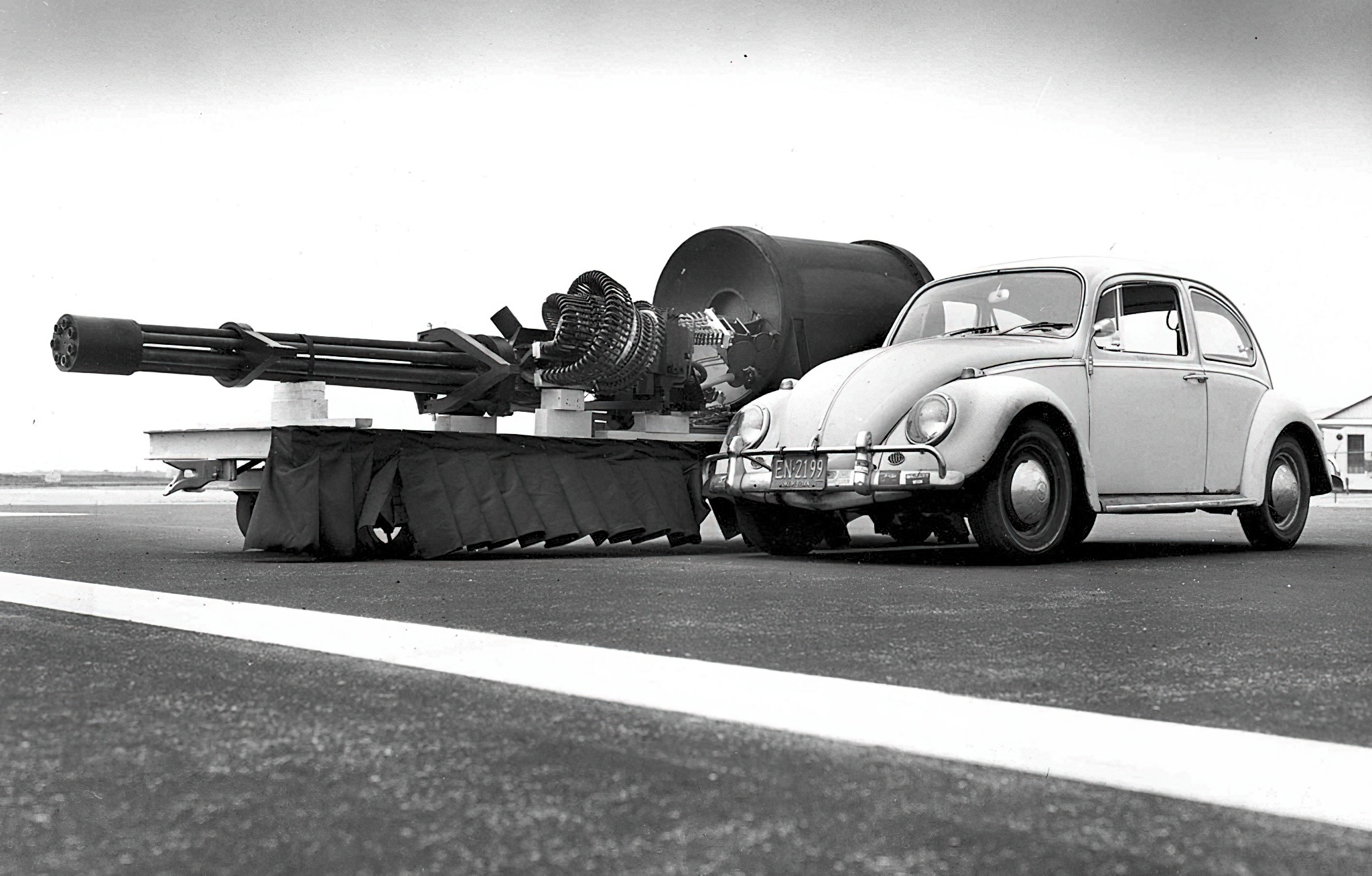
Since then, every significant American conflict has seen the A-10 in action, and about 350 of them are still in use. It performed missions over Bosnia and Herzegovina and located a downed F-117 pilot in Kosovo while serving in the Balkans. The aircraft took to the skies once more during Operation Iraqi Freedom and in Afghanistan, where they flew 32% of the combat sorties.
A-10s flew 19% of the close air missions in Iraq and Afghanistan between 2006 and late 2013. That is more than the B-1B Lancer or the F-15E Strike Eagle. Only the F-16 made more flights. Warthogs had flown 11% of USAF sorties against ISIS in Iraq and Syria as of the beginning of 2015.
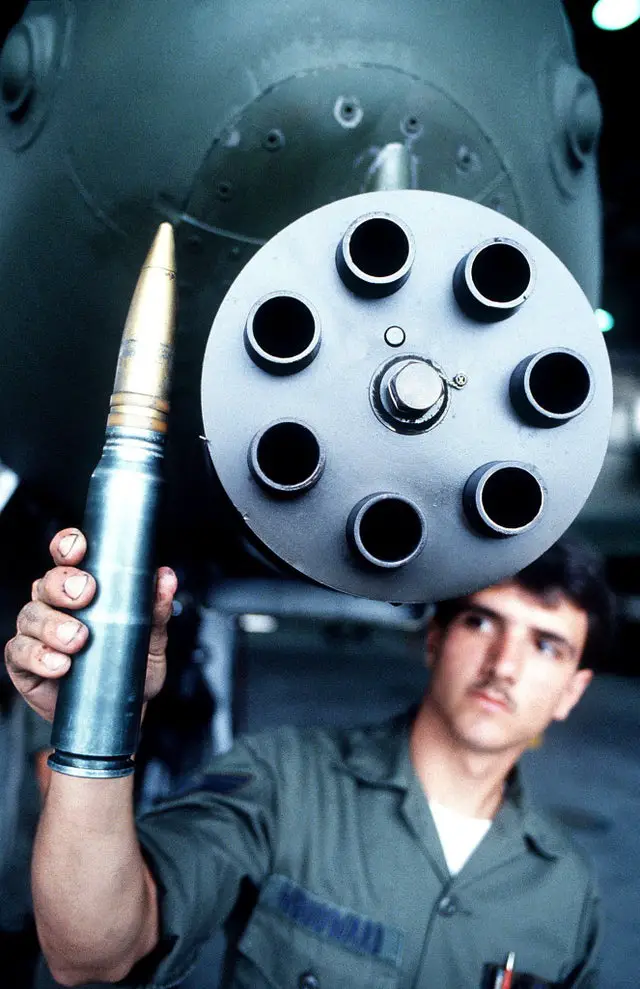
Nobody could dispute the effectiveness of the A-10 by the early 2000s. The uncomplicated aircraft has become smarter over the years since the first production A-10A was delivered to Davis-Monthan Air Force Base in October 1975. The A-10 was upgraded with the newest Litening targeting pods as well as an early laser receiver pod. GPS took the place of the inertial navigation system that was implemented in 1980 in the late 1990s.
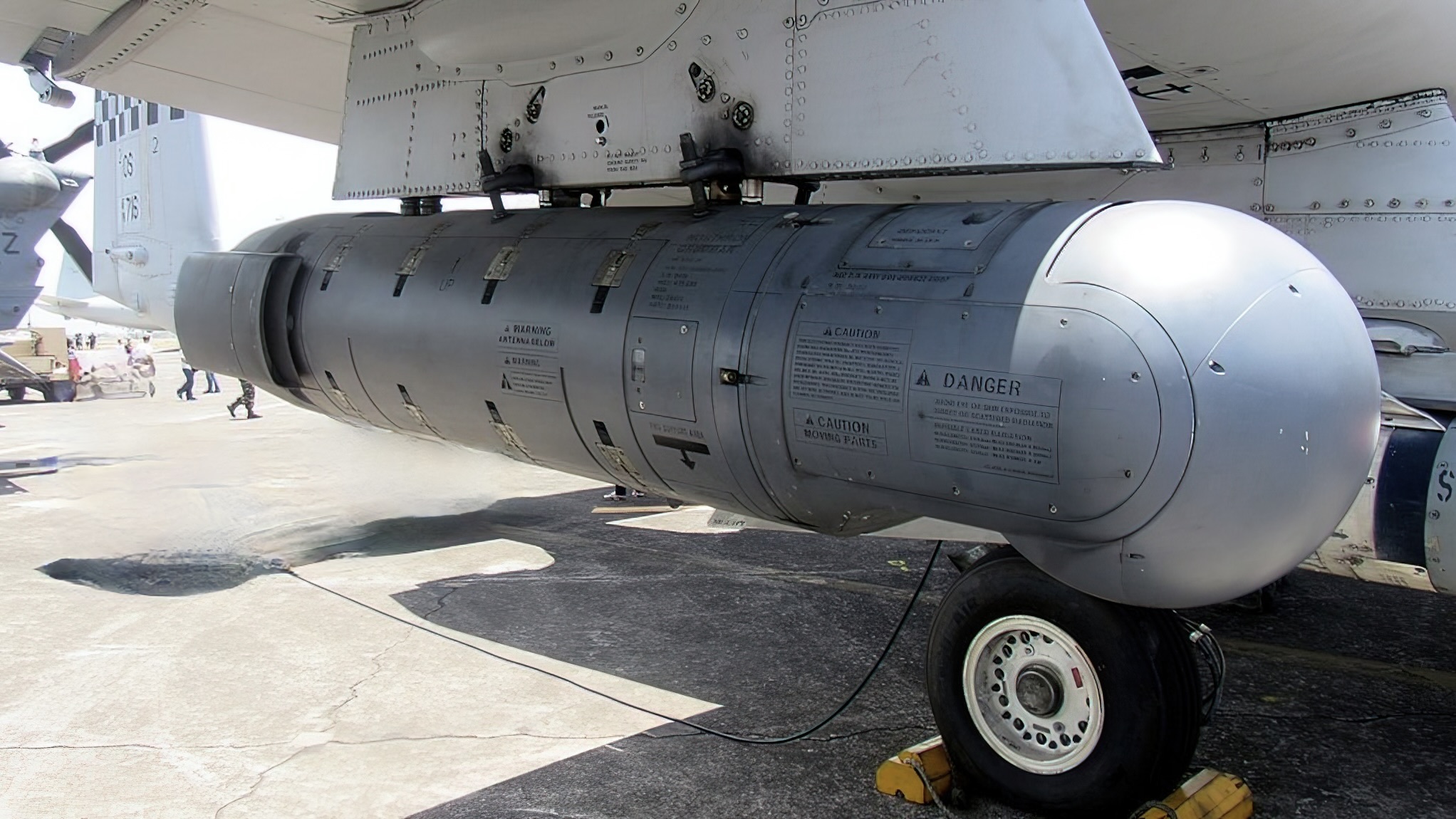
Multi-function displays were introduced to replace analog instruments. A better firing control system and electronic countermeasures were among the Precision Engagement enhancements that started to be applied to the whole A-10 fleet in 2005.
The Warthog can now deliver smart bombs thanks to these improvements. The aircraft is now controlled differently thanks to a dynamic map display, hands-on throttle and stick, situational awareness data link, GPS-guided weaponry, and improved DC power.
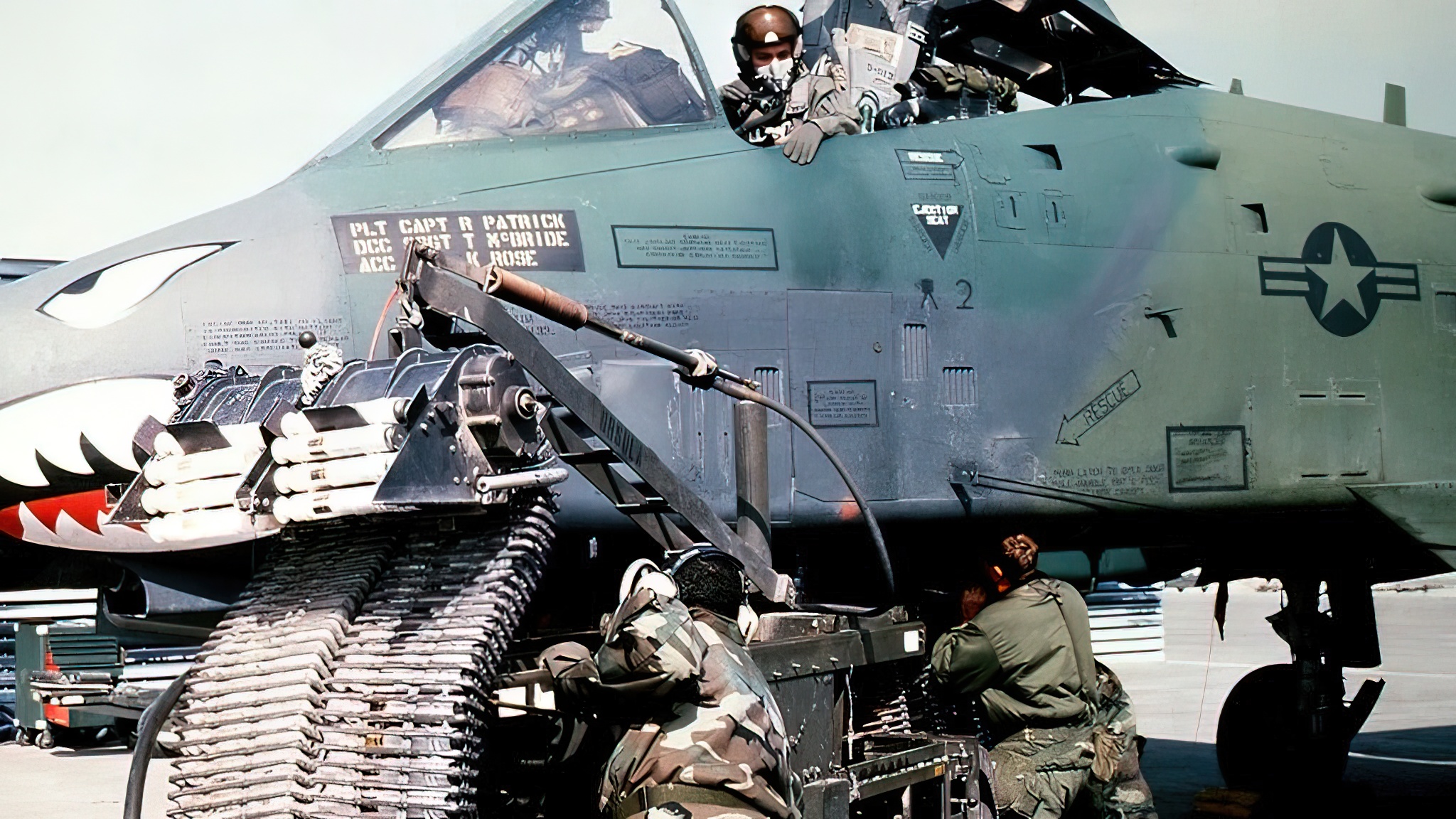
Battle damage
Because of the armor and redundancy, pilots have been able to safely return with significant battle damage, like as when Capt. Kim Campbell successfully returned her Warthog from a close air support mission near Baghdad in 2003. The starboard vertical stabilizer, horizontal stabilizer, aft fuselage, and engine of the 75th Fighter Squadron A-10 were severely damaged by ground fire.
After taking the hit, the plane became uncontrollable, rolling left and nose-down. She activated the backup mechanical flight control system after attempting multiple methods to regain control. The aircraft responded, and with the assistance of her wingman, she returned to the base.
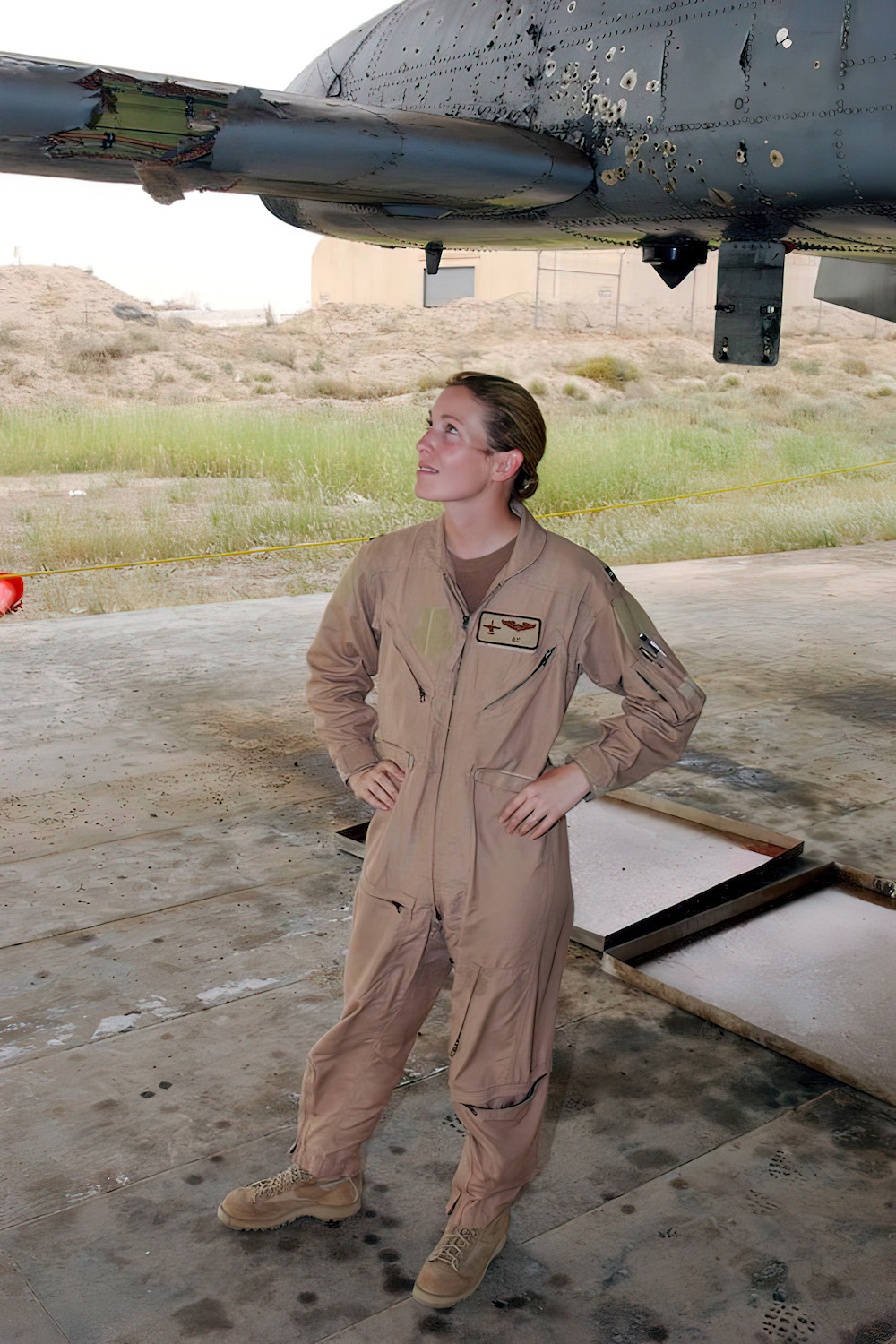
Capt. Campbell’s story is only one of several that demonstrate the Warthog’s durability. However, when the plane first entered service in 1976, the officials gave it a rough welcome. It was seen as an ugly piece of flying metal; it didn’t help that sleek jets were all the rage back then.
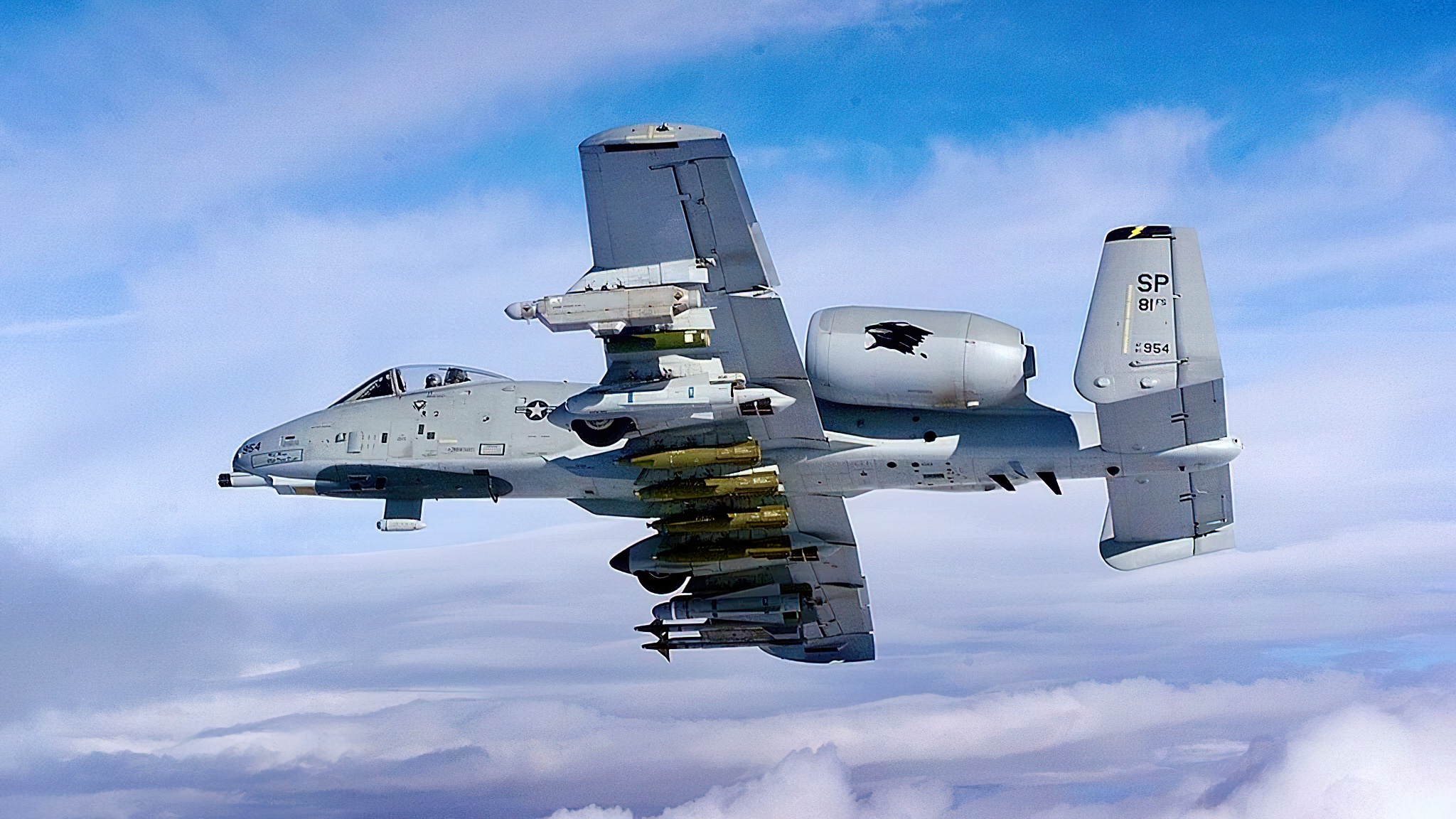
Even with all the modern equipment, A-10 pilots still conduct the same pop-up, roll-over, and dive maneuvers they used in the 1970s for much of the low-level flying and attacking. The entire plane still trembles when the Avenger gun is fired. In order to thwart missiles and anti-aircraft fire, the pilot pulls off a run and pitches up into a four- to five-G maneuver. Pilots maneuver the Warthog away from the target location to avoid hostile fire.
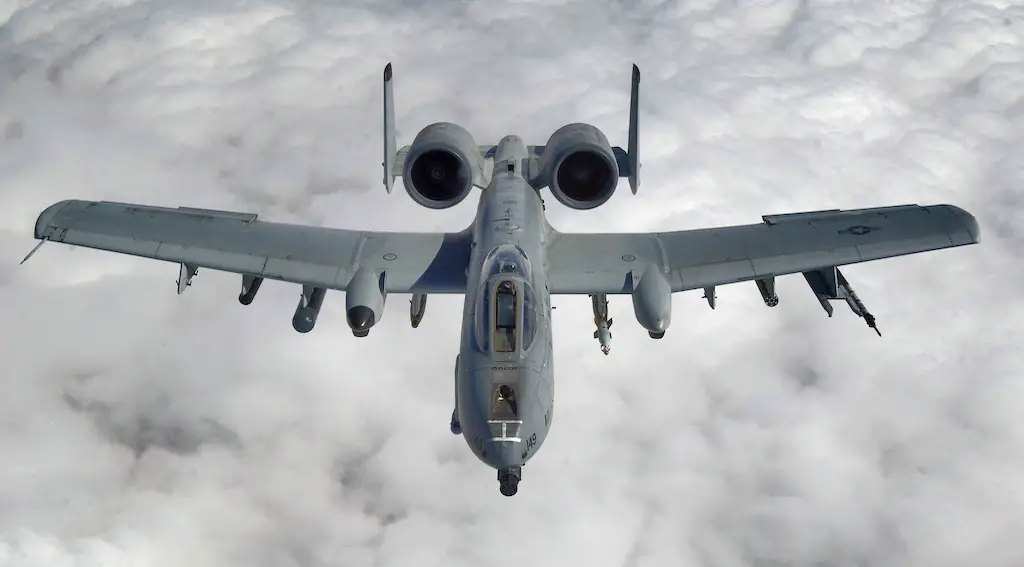
The Warthog is not, by any means, a quick vehicle. It has three useful throttle levels, according to pilots: full throttle, 50% throttle, and off. When the plane first flew, its critics pointed out its inability to survive at 450 mph. However, the Warthog has never operated throughout the decades it has been in service in a situation when the United States did not have air supremacy, thereby offsetting that disadvantage.
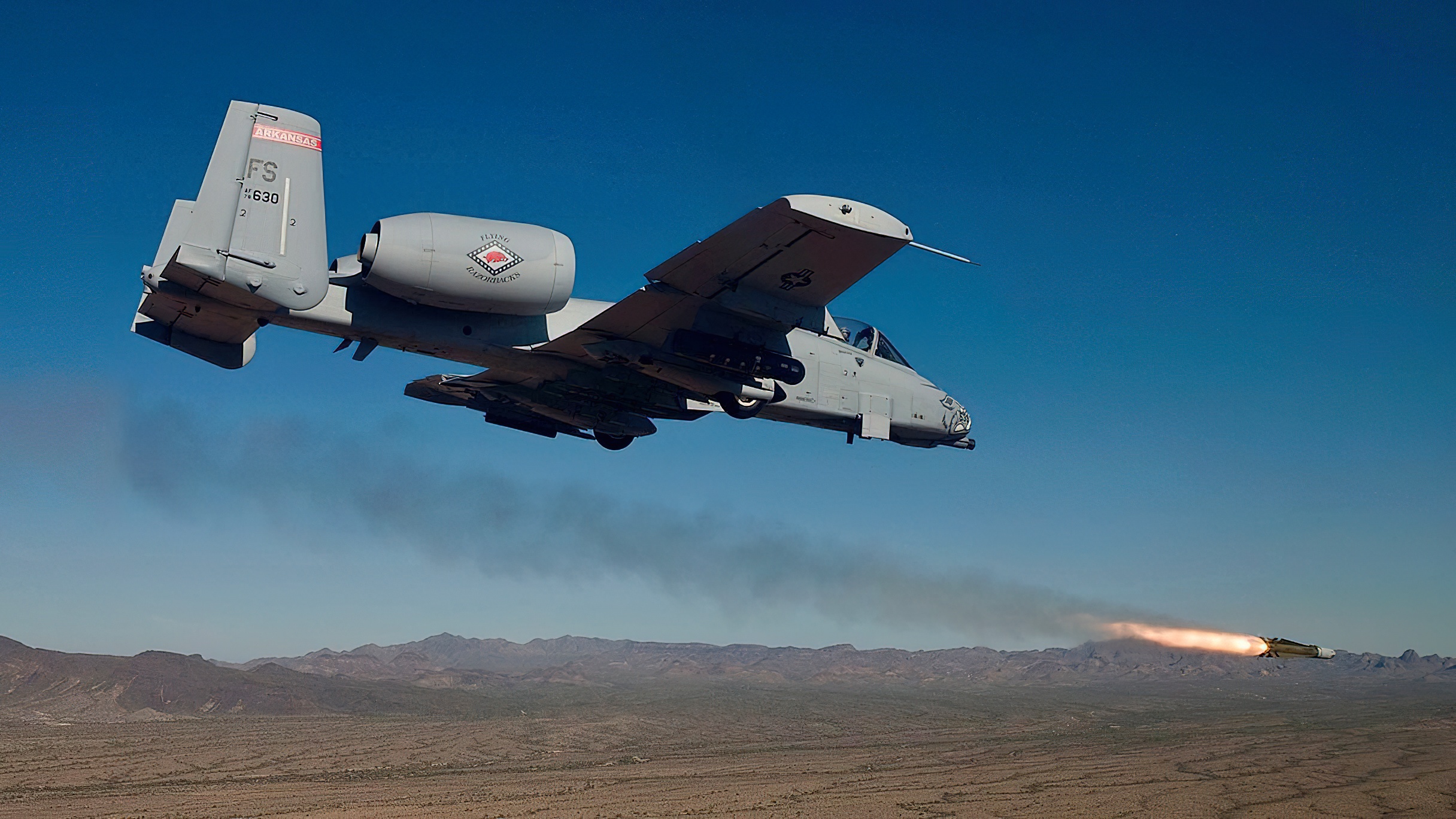
A relatively simple aircraft also has the benefit of being flexible. Many of the A-10’s components, including as the engines, main landing gear, and vertical stabilizers, are interchangeable because the aircraft was made for harsh sites with few amenities.
The A-10 has been modified to carry a wide variety of armament, including 2.75-inch rockets, illumination flares, general-purpose bombs, cluster bomb units, laser-guided bombs, joint direct attack munitions (JDAM), wind-corrected munitions dispensers (WCMD), AGM-65 Maverick and AIM-9 Sidewinder missiles, and conventional munitions on 11 wing stations.

It may or may not be retired soon
The U.S. Congress’s Senate Armed Services Committee has laid a new law concerning the plans for the A-10’s retirement and the subsequent replacement. According to the Defense Authorization Act for 2021, the Air Force must operate a minimum number of planes from each major mission group.
The Act also states that the replacement or retirement of aircraft is not permissible until the stated minimum of the operational aircraft is reached; this is to ensure that the service meets the requirements of the National Defense Strategy.
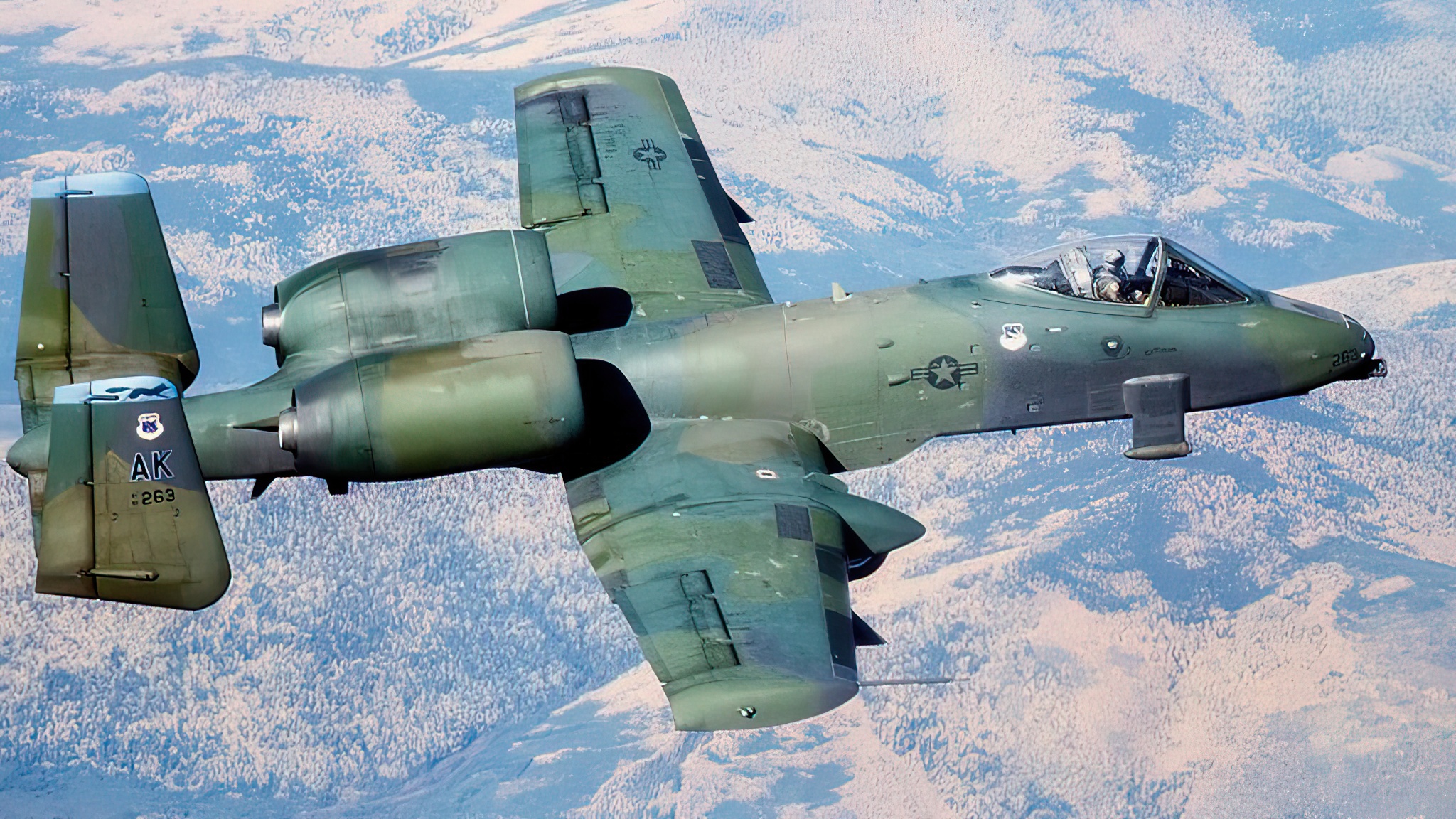
According to Col. Martha McSally, a Republican senator from Arizona who used to fly A-10 Warthogs during her time in the Air Force, retiring these aircraft without a suitable replacement would not happen.
She believes that an adequately modified A-10 may remain in service well into the 2040’s. The Air Force, however, disagrees with her. According to them, only six of the current nine A-10 command squadrons can be maintained until 2032. And this comes at the cost of upgrading hundreds of planes being fitted with new wings.
